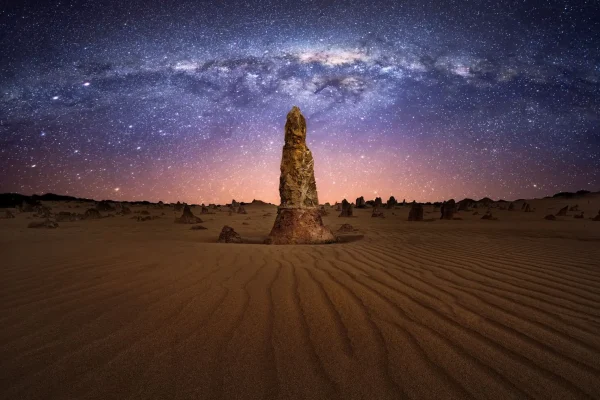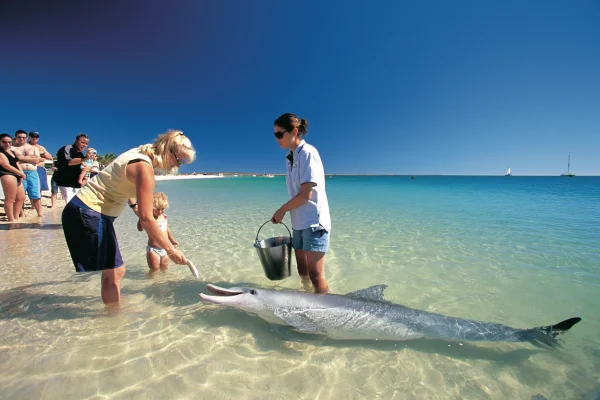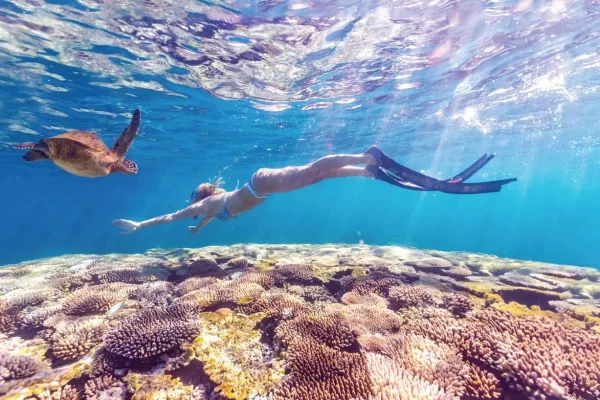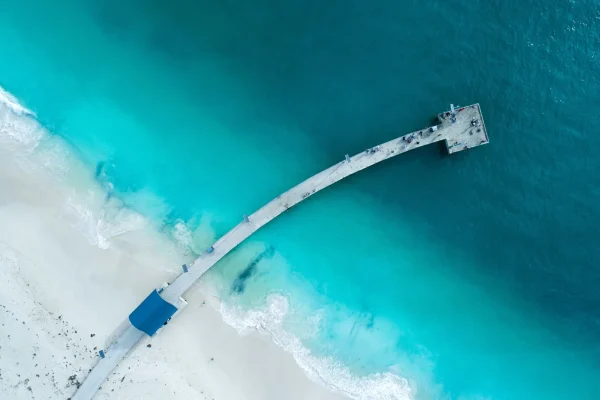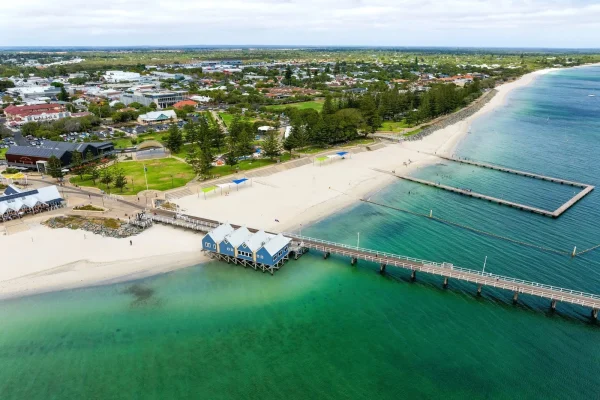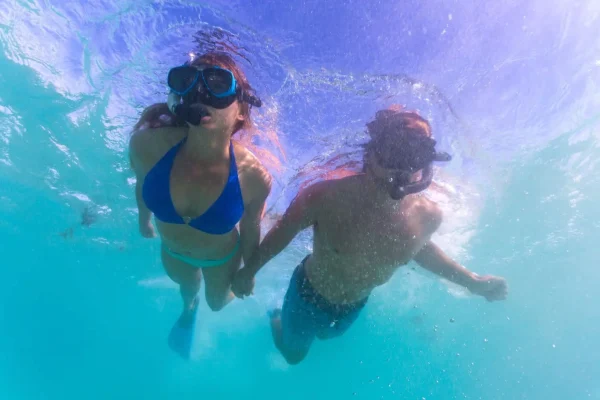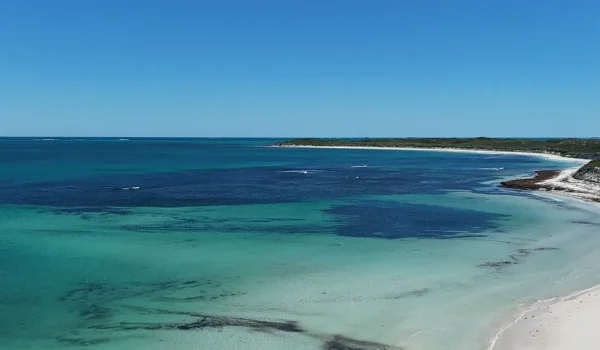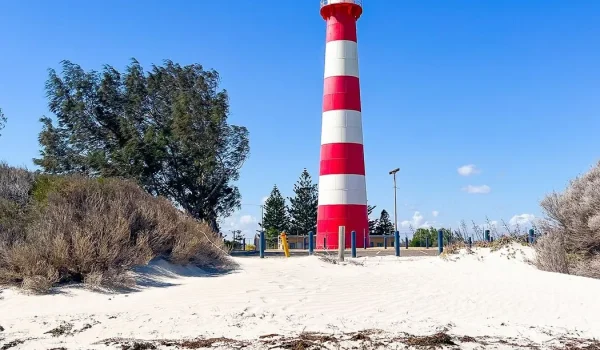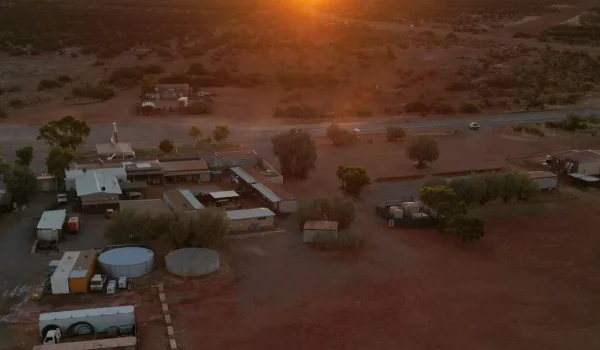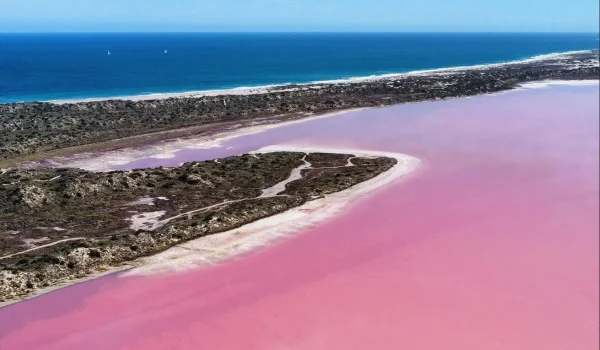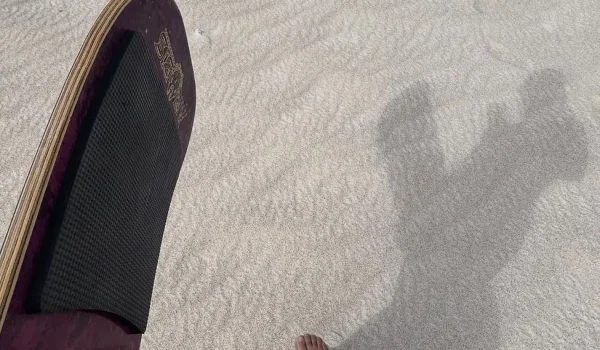Hangover Bay is one of those names that makes you do a double-take on the map, sitting pretty on the Coral Coast of Western Australia inside Nambung National Park. It’s the kind of place that proves you don’t need a glossy brochure to draw a crowd — just a windy bay, good fishing and enough breeze to keep kitesurfers flying high. I’m Paul Beames, and I’ve driven past this stretch more times than I can count. Between the Pinnacles Desert’s limestone pillars, the smell of grilled rock lobster from Cervantes and the open Indian Ocean stretching out to the horizon, Hangover Bay is a real WA stop.
Coastal Hideaway on WA’s Shoreline
Just north of Cervantes, Hangover Bay is along the Indian Ocean Drive, one of WA’s great road trips. It’s part of the Swan Coastal Plain, where white sand, coastal dune systems and wildflower species line the highway. It’s in Nambung National Park, which is famous for the Pinnacles Desert, but the coast here tells a whole different story.
- 200 km north of Perth — about 2.5 hours’ drive
- 10 minutes from Cervantes (home to the Lobster Shack, Seashells Café, and the Cervantes Bar and Bistro)
- Close to stays: RAC Cervantes Holiday Park, Jurien Bay Tourist Park, Nambung Station Stay, Billabong Bush Camp, and Pinnacles Edge Resort
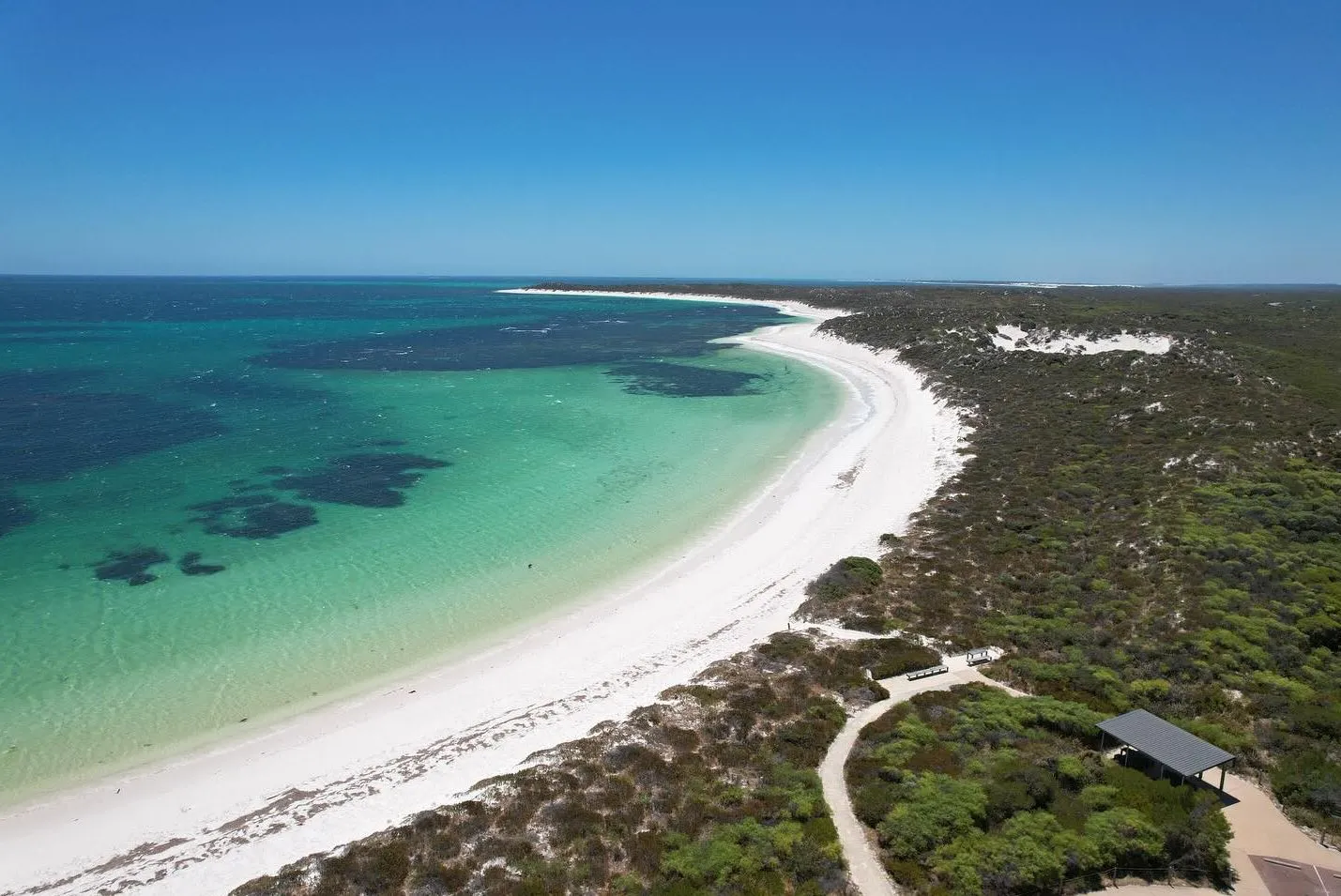
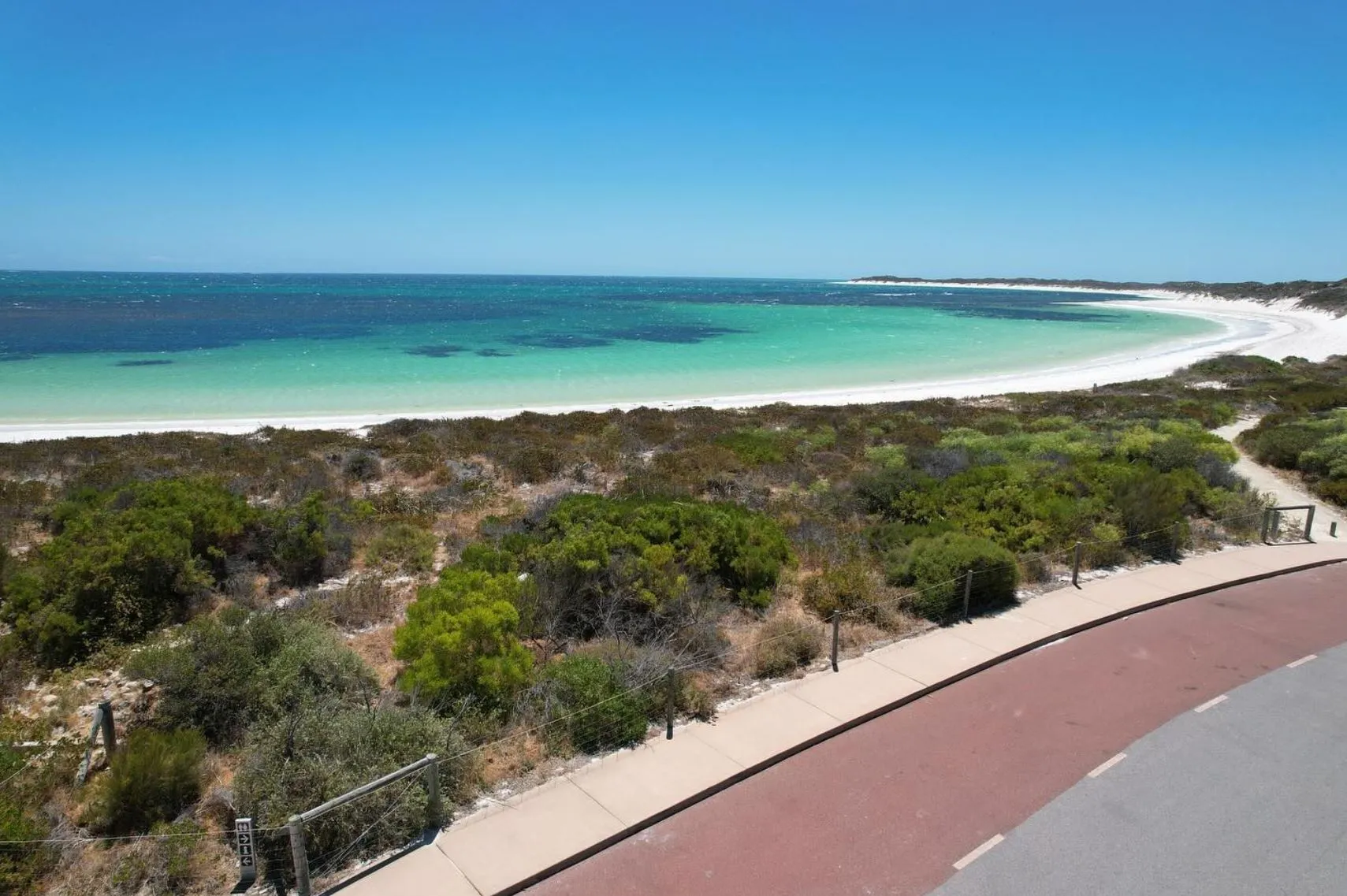
The Beach and Bay: What to Expect
At first glance, Hangover Bay looks like any other WA beach — white sand, blue water and endless horizon. But the details are different. The shoreline is framed by limestone inner reef systems and seagrass meadows that provide a haven for smaller fish and marine life. Step into the shallows and you’ll notice the depth drops into blue holes, spots that hold fish like Silver Trevally and attract fishers casting metal lures or using bottom jigging rigs.
Families and day trippers roll in with esky’s, set up at the picnic shelters and cook on the gas barbecues provided. Kids splash about in the shallows, but the surf can get lively once the sea breeze kicks in. Locals still use the small boat ramp for boat access, launching dinghies or tinnies to head out to the deeper reef areas. The sand is firm enough to walk on and in some places 4WD, but keep an eye out for soft patches that can swallow tyres quick smart.
This is not the kind of place you’ll find lifeguards or cafes on the sand. Instead, you’ll find raw, windy beauty. On a still morning, the bay is like glass, perfect for a swim or a paddle. By arvo, the mood changes — the wind howls in, whitecaps appear on the surface, and the whole place becomes a stage for wind and water sports.
Why Windsurfers and Kitesurfers Love It
The secret to Hangover Bay’s popularity with the water sports crowd is its geography. The bay is west-facing, open to the Indian Ocean and positioned perfectly for the famous afternoon breeze known locally as the Fremantle Doctor. By midday in summer, the breeze builds, and by arvo the bay is alive with sails and kites. Riders carve across the surface, jump off swells and race each other in the chop.
Not for beginners. This is an exposed coastline, and while the reef provides some shelter, the conditions are best suited to intermediate and advanced windsurfers or kitesurfers. Beginners stick to the calmer bays further north in Jurien Bay or even closer to Perth at Rottnest Island. Here, you need to respect the conditions. The same wind that lifts a kite beautifully can wipe out an inexperienced rider in seconds.

Wildlife and Nature Watch
Hangover Bay is part of a bigger network of ecosystems within Nambung National Park and the Jurien Bay Marine Park, so it’s a wildlife hotspot. Out on the water, you’ll see Bottlenose dolphins swimming close to shore, sometimes herding fish into tight schools. Beyond the reef, you might see sea lions, especially around Favourite Island and Boullanger Island, both of which are protected areas within the marine park.
The reef and seagrass meadows have a variety of marine life, from stingrays to small reef fish, and sometimes schools of pelagic species like Silver Trevally moving through the deeper blue holes. It’s a popular spot for fishers chasing both table fish and sport species.
On land, the scrubby dunes and bushland have plenty of reptile life. Gould’s monitors are often seen basking on warm limestone rocks, and carpet pythons occasionally cross sandy tracks, especially in summer. Emus and kangaroos roam the coastal plain, and birdlife ranges from ospreys hunting offshore to flocks of parrots feeding on wildflowers in spring.

Traveller Checklist: Facilities and Amenities
The good news is you don’t have to rough it completely. Parks WA have set up basic but solid facilities that make Hangover Bay a great picnic spot.
You’ll find:
- Picnic shelters and tables
- Gas barbecues to cook up a feed
- Drop toilets (bring loo roll — the dunny often runs out)
- Carpark with boat access
- Bin stations (always best to pack your rubbish out — the wind will scatter it)
Road Access: Getting to the Coastal Bay
Hangover Bay is super easy to get to. It’s just off the sealed Indian Ocean Drive, so any 2WD hire car can get you there. From Catalonia Street in Cervantes, it’s only 10 minutes north.
Driving times:
- Perth → Hangover Bay: 2.5 hours
- Cervantes → Hangover Bay: 10 minutes
- Pinnacles Desert Discovery Centre → Hangover Bay: 15 minutes
Road safety tip: Kangaroos and emus cross the Swan Coastal Plain roads at dawn and dusk — slow down unless you fancy testing your bullbar.
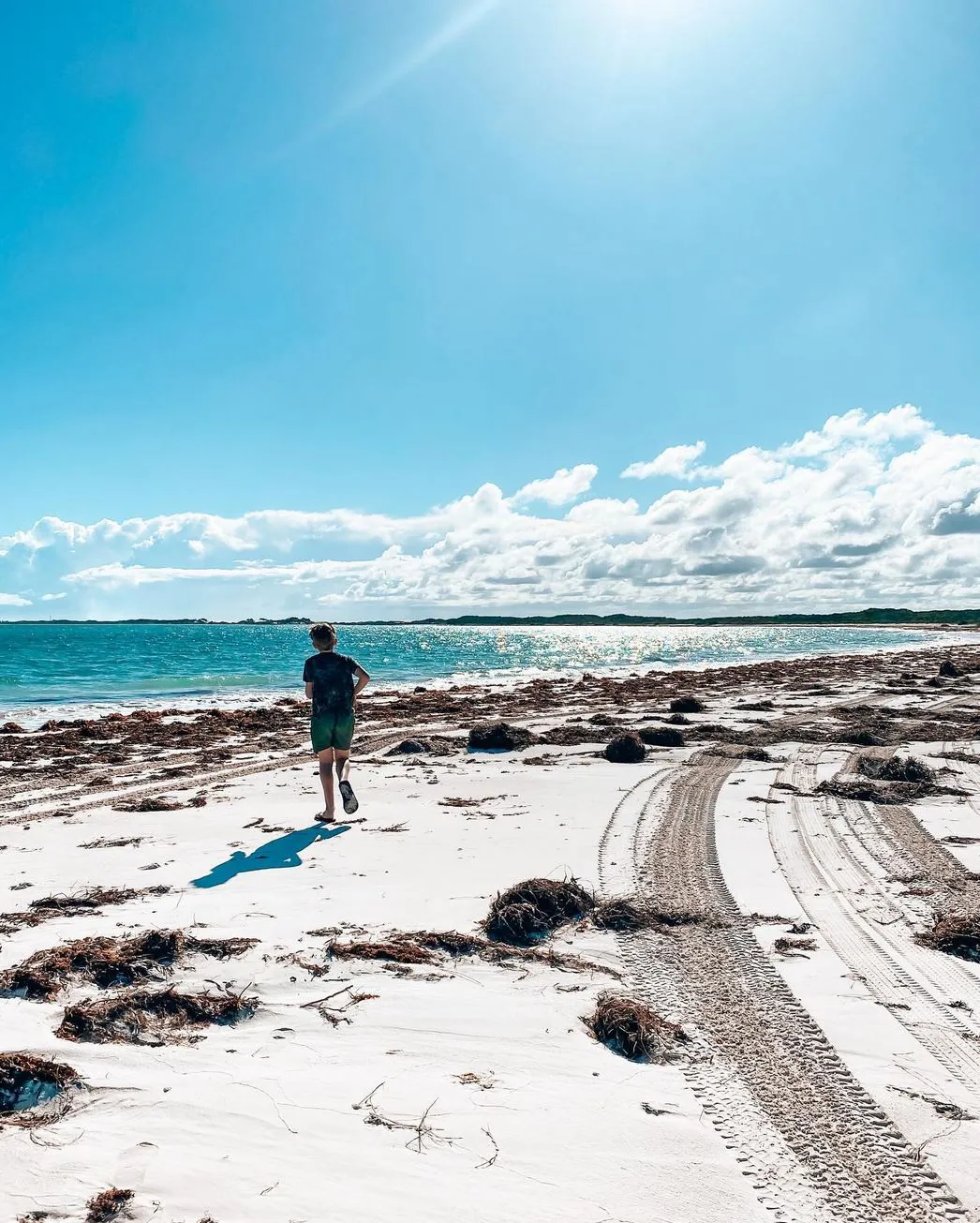
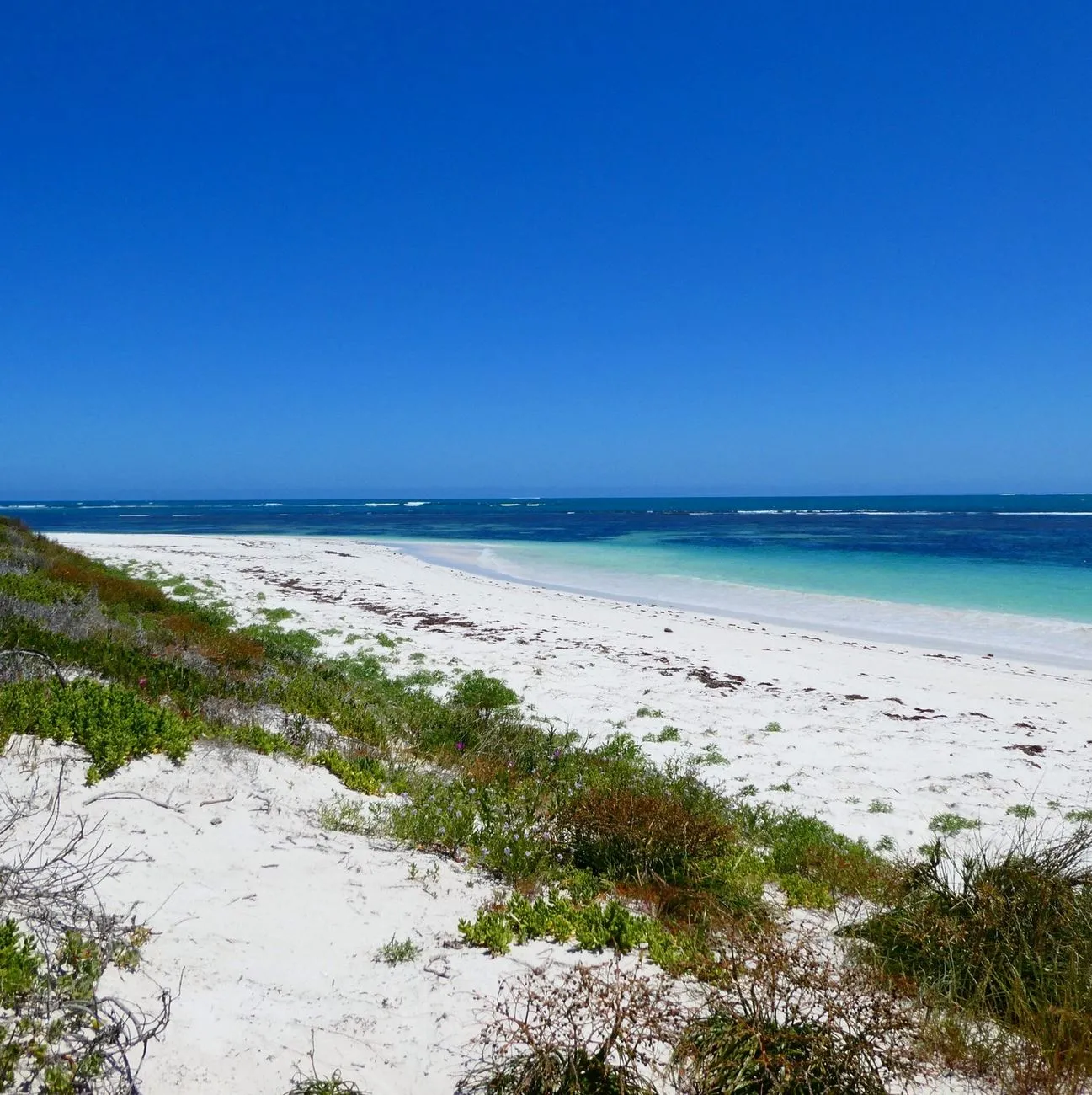
Seasonal Conditions: Best Time to Visit
The Coral Coast has long summers, windy afternoons and mild winters. Hangover Bay changes with the season:
- Summer (Dec–Feb): Windy afternoons, hot days, kiting heaven.
- Autumn (Mar–May): Calm seas, warm, fewer people.
- Winter (Jun–Aug): Cool winds, occasional storms, rough seas.
- Spring (Sep–Nov): Flowers bloom on the inland dunes; dolphins are more active near shore.
Weather snapshot (BOM averages):
- Summer highs: 30–32°C
- Winter highs: 18–20°C, nights under 10°C
How to Combine This Bay with Nearby Sights
No one drives all the way here just for a picnic — Hangover Bay is best combined with nearby attractions.
Road trip ideas:
- Many visitors fit in a 1 Day Pinnacles Tour from Perth, which stops at Hangover Bay for a picnic or a quick beach walk before heading back down the coast.
- Cervantes: Grab a feed at Lobster Shack or a casual bite at Seashells Café. Stay at RAC Cervantes Holiday Park.
- Jurien Bay: Go on a sea lion tour or fish the limestone inner reef. Stay at Jurien Bay Tourist Park.
- Sandy Cape: Free camping dunes just north of Jurien.
- Wanagarren Nature Reserve: Birdlife and 4WD tracks.
For longer loops, add Rottnest Island near Perth or head south to Margaret River for wine country.
Personal Yarn from the Road
One trip, I pulled into Hangover Bay with a group of mates after a morning at the Pinnacles Desert. We had a bag of prawns, a couple of snags and fired up the gas barbecues under the shelter. The wind was howling — one bloke lost his hat to the Indian Ocean — but a pod of Bottlenose dolphins cut through the chop like pros. Later, a local pointed out a Gould’s monitor near the dunes, fat and happy. That’s the thing about this coast — it’s not polished, but it delivers real moments.
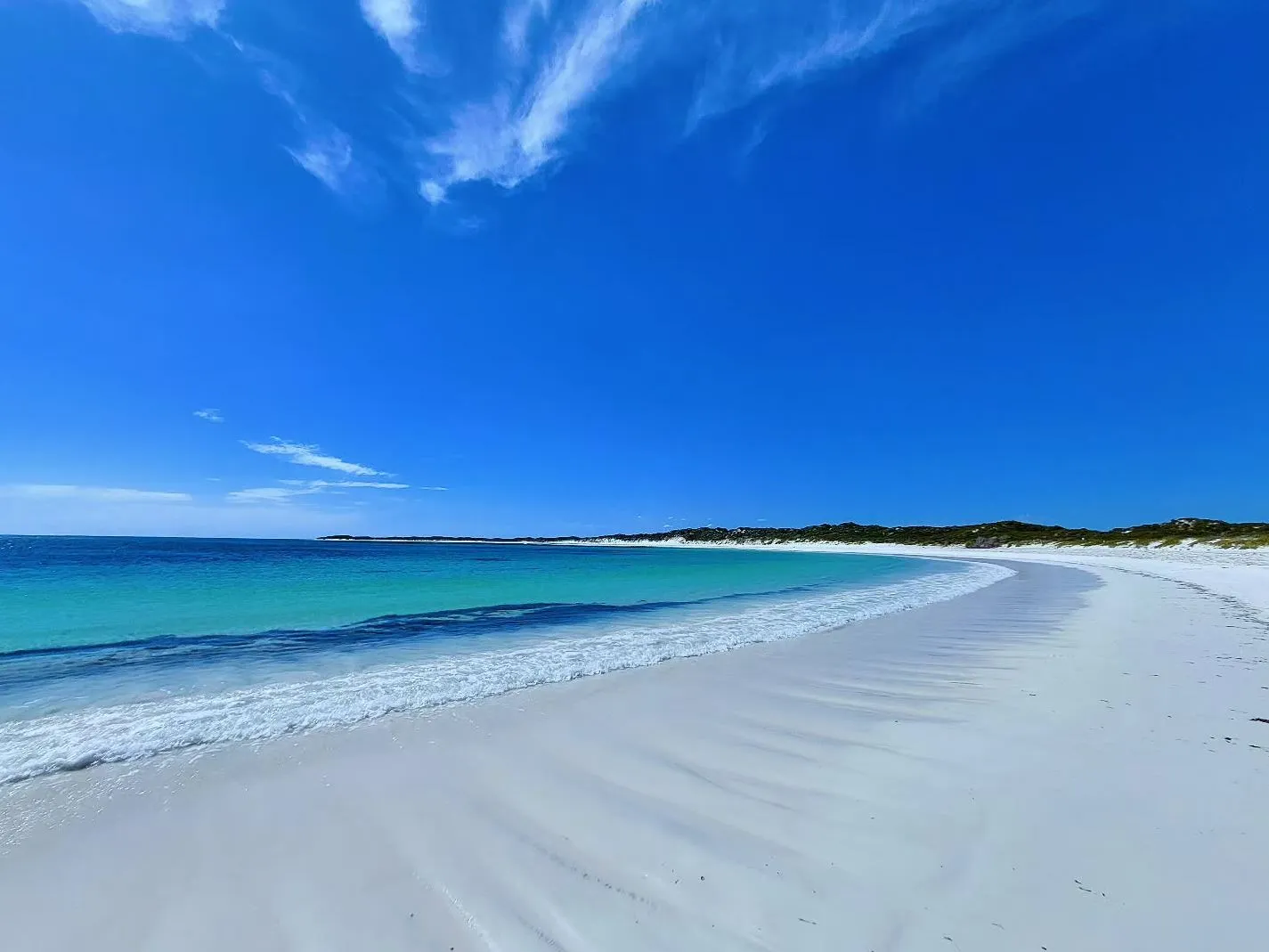
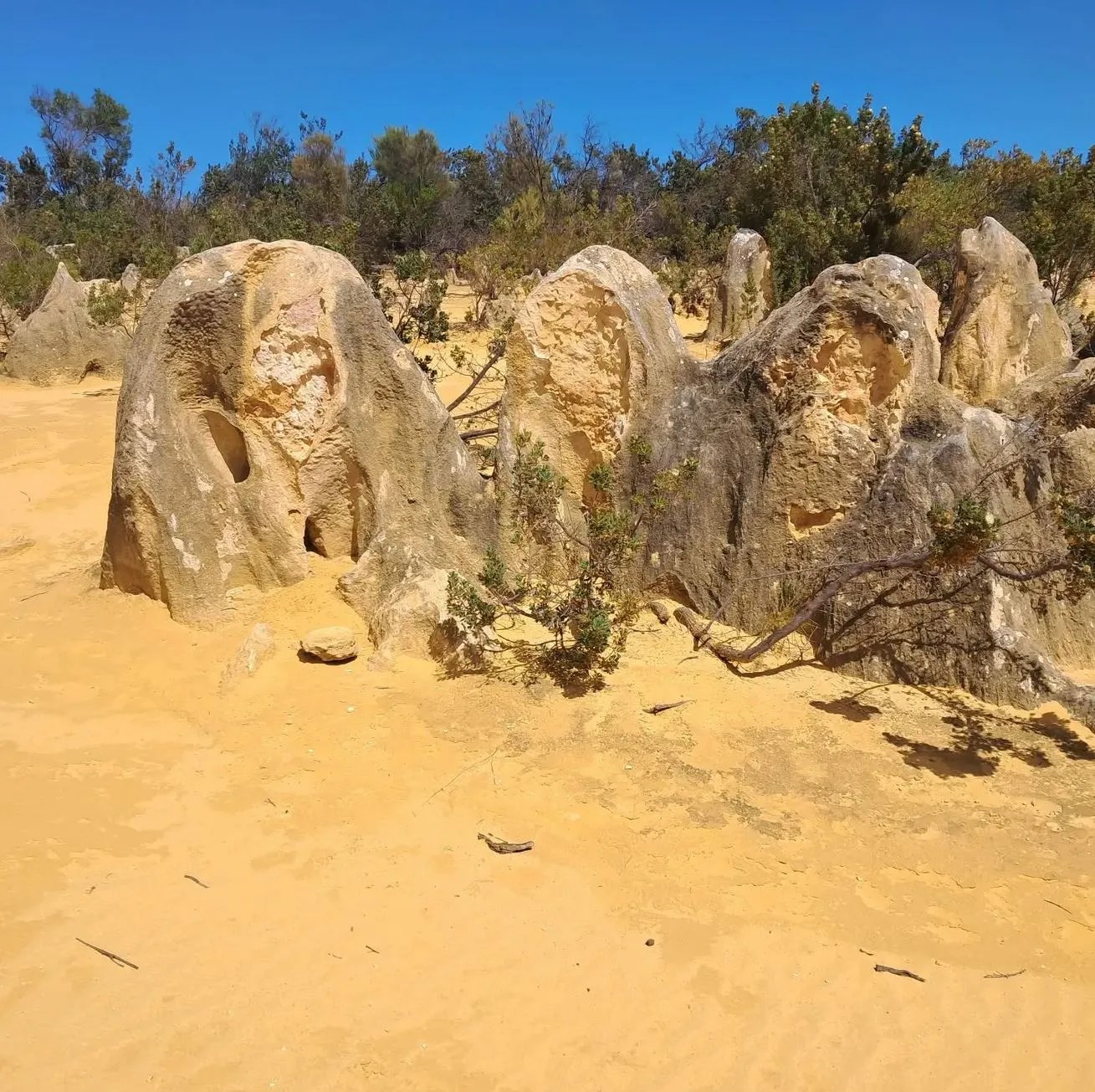
Safety and common-sense tips
- Swimming: Only on calm days — rips and currents are common.
- Fishing: Keep to size and bag limits, especially for Western Rock Lobster.
- Driving: 2WD is fine, but sandy patches near dunes can bog you.
- Snakes: Summer heat brings out Carpet pythons — give them space.
- Sun safety: Shade is scarce. Pack hats, sunscreen, and double your water.
FAQ
Can you camp at Hangover Bay?
No, there’s no camping onsite. Closest options are RAC Cervantes Holiday Park, Jurien Bay Tourist Park or bush stays like Sandy Cape.
Are there sea lions at Hangover Bay?
Not directly on the beach, but nearby, Favourite Island and Boullanger Island in Jurien Bay Marine Park are sea lion hotspots.
Is fishing good at Hangover Bay?
Yes — you’ll find species like Silver Trevally near the reef. Locals use bottom jigging or metal slugs.
Do I need a national park pass?
Yes, Hangover Bay is in Nambung National Park. Entry is about $15 per vehicle.
What’s the best time of day to visit?
Mornings are calmest. By afternoon, strong winds kick in — perfect for wind surfing, not so great for sand-free sandwiches.

